President's Plantation
Thomas Jefferson's Monticello property in Virginia is a landmark in which scholars have long been studying. The estate itself along with the people who lived and worked there have a significant place in the history of the United States.
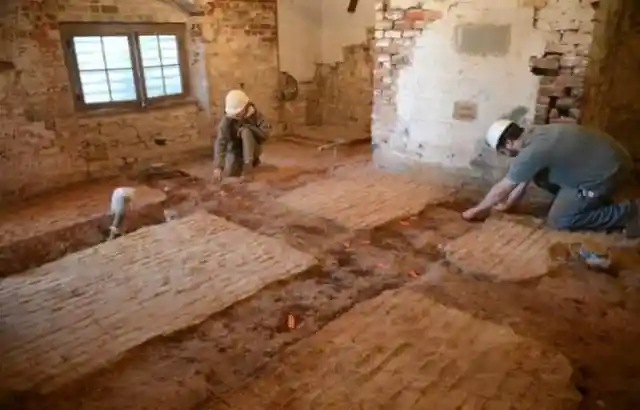
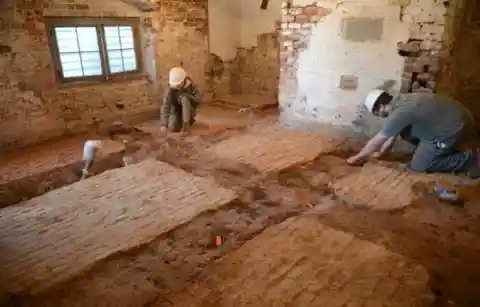
Although there is a great amount of documentation on Jefferson's main home, archaeologists recently launched a new agenda to reveal more about the original activities within the grounds. During this agenda, researchers made a discovery that completely stunned historians.
Thomas Jefferson, who was the third President of the United States, resided at his Monticello plantation home in Charlottesville, Virginia before moving to the White House in 1801. The property is now a historical landmark, but Jefferson began construction on Monticello, (meaning "little mountain" in Italian) in 1768.
The Controversy Surrounding The Property
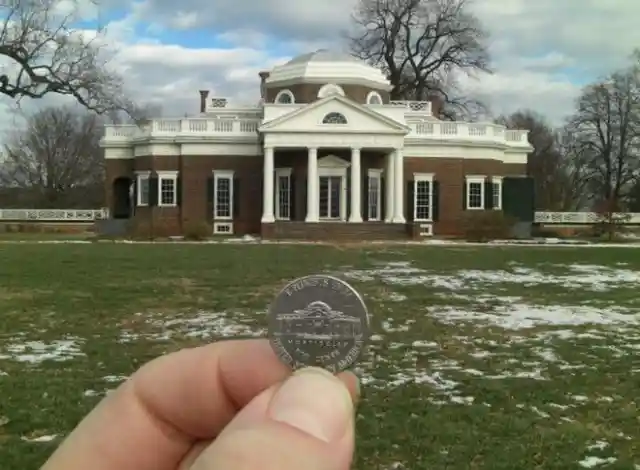
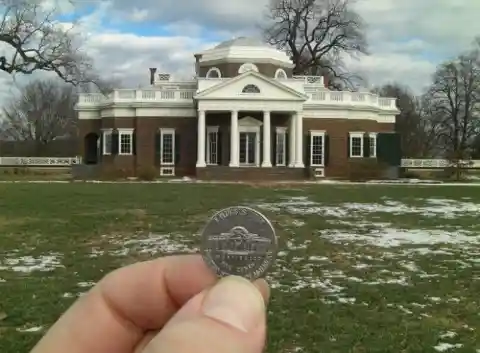
The grounds have been looked at and studied very closely, and the image of the plantation's main house is on the back of the U.S nickel. Although the estate has faced criticism and scrutiny, a recent discovery on the property has revealed details about a mystery that shocked historians.
Thomas Jefferson was around 26-years-old when he began building the estate on the land that he had inherited from his father. This massive 5,000-acre plantation was used to cultivate tobacco and wheat. However, like many plantations of the time, Monticello has a controversial legacy linked to one of the darkest corners of American history.
A Complicated Legacy


Jefferson. used free workers along with indentured servants and enslaved laborers to build the plantation house, and he had hundreds of slaves working and living at Monticello.
Thomas Jefferson is one of the nation's Founding Fathers and is considered one of the biggest figures in American history.
An Enigmatic Figure


He was the principal author of the U.S Declaration of Independence and penned the "immortal declaration" that "All men are created equal." Although he manifested those words, Jefferson owned 607 slaves over the course of his lifetime, which obviously seemed controversial.
One of the slaves Thomas Jefferson owned was a woman named Sally Hemings. It will be beneficial for you to remember this name seeing as her life was undoubtedly intertwined with Jefferson's, and her relationship with him raised the curiosity of historians for more than a century.
Who Was She?
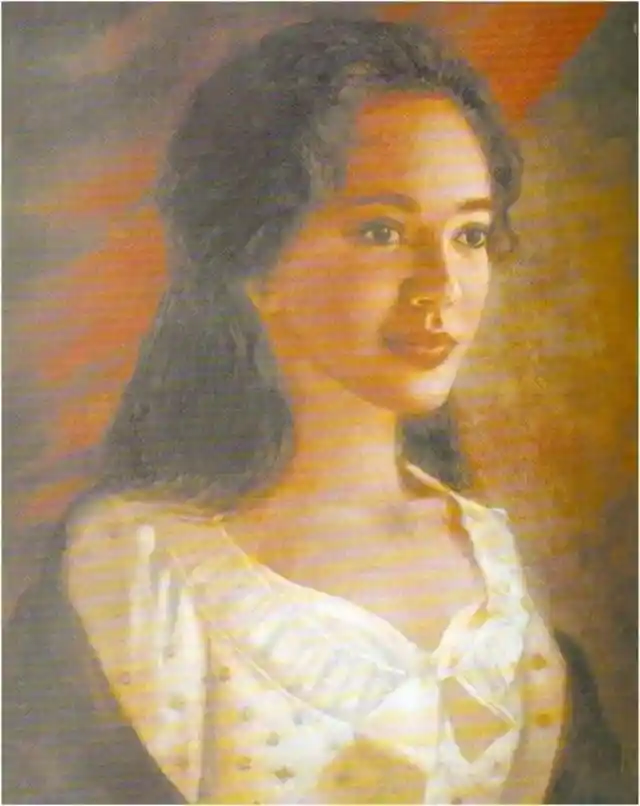
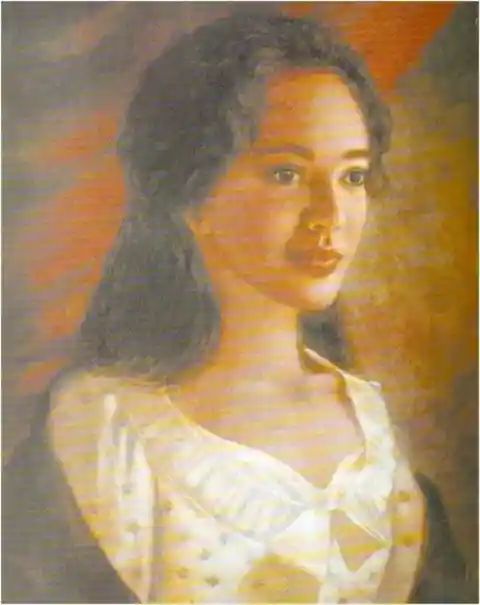
Her life was clouded in mystery, and it was the discovery made 200 years after her death that gave historians new insights to who she was exactly and what occurred during her time at Monticello.
It was revealed by her son Madison, that Sally Hemings was the half-sister of Thomas Jefferson's wife, Martha (pictured above). Sally was born in 1773 to a planter and slave trader named John Wayles, who was also Martha Jefferson's father. Her mother's name was Betty Hemings, who was of biracial heritage and born into slavery.
National Intrigue
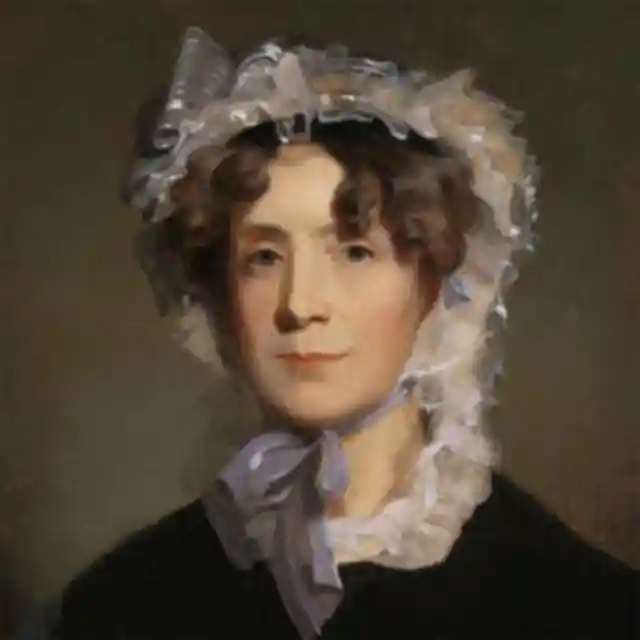
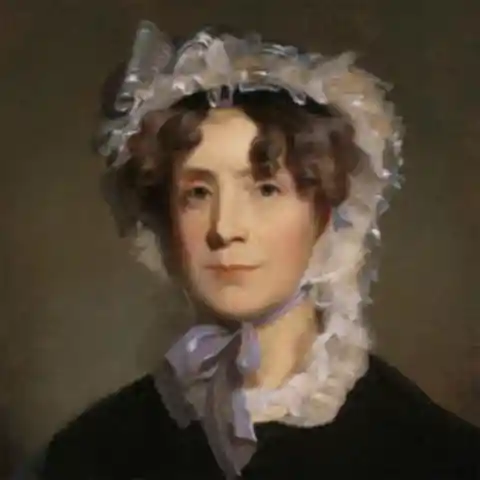
Children who were born to enslaved others ere also considered slaves. So as an infant, Sally's siblings and mother came to Jefferson's home as slaves belonging to Martha as part of her inheritance from her father.
Sally Hemings was the youngest of her six siblings, and was a whopping 25 years younger than her half-sister, Martha Jefferson. Hemings and her brothers and sisters grew up at the plantation at Monticello and were used as artisans and domestic servants.
A Trail Of Clues
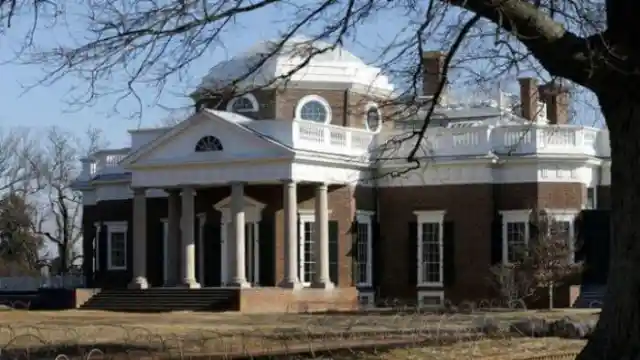
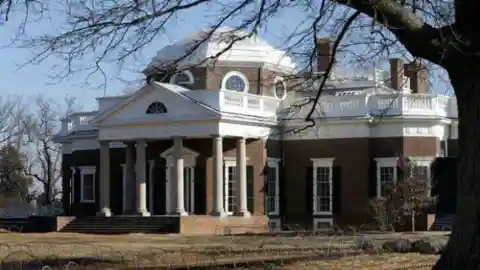
During that time, the children were considered to have positions at the top of the slave hierarchy and because of this, they did not labor in the fields. Although she didn't know it at the time, years later, Sally would become the subject of national intrigue.
Sally Hemings was enslaved until Thomas Jefferson's death in 1826. Although she lived only the last nine years of her life freely, the details of her time at the Monticello plantation have remained a lost mystery. However, a trail of clues uncovered over the years has led to a better understanding of her significant and historical role.
Painting a Picture
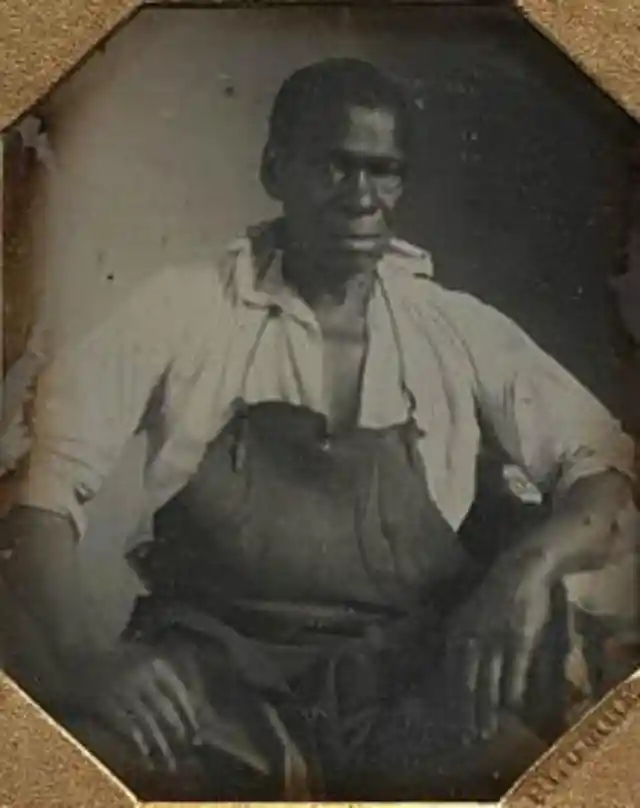
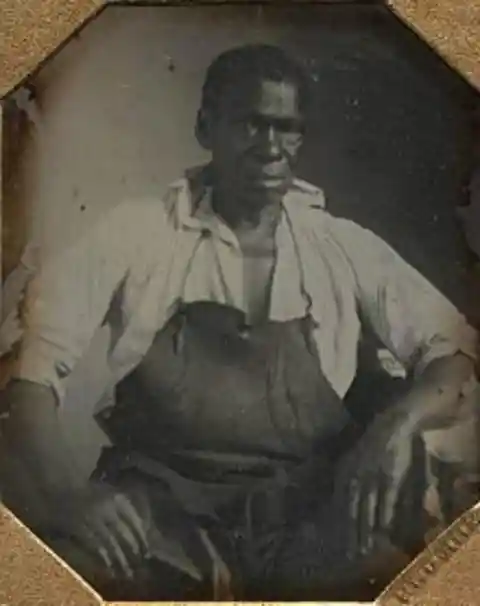
One of the only existing descriptions of her was by an enslaved blacksmith named Isaac Granger Jefferson. He describes her as being, "mighty near white...very handsome, long straight hair down her back."
Although there were no portraits of Hemings, we can get an idea of her based on the few descriptions we have of her. Thomas Jefferson's grandson describes her as being "light colored and decidedly good looking." Historians can conclude that her duties at the home included being a seamstress and chambermaid.
French Connection
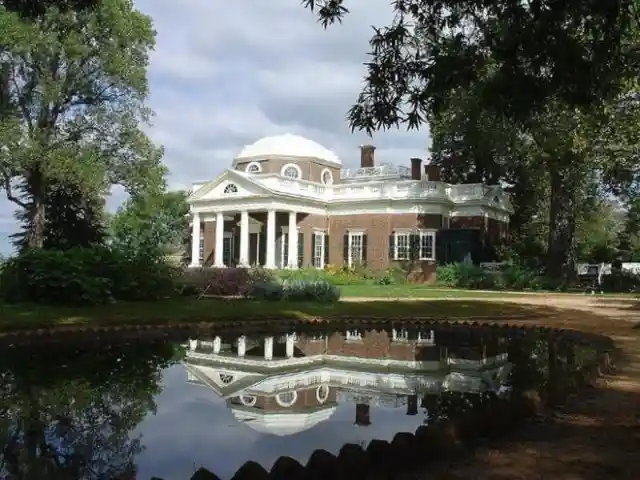
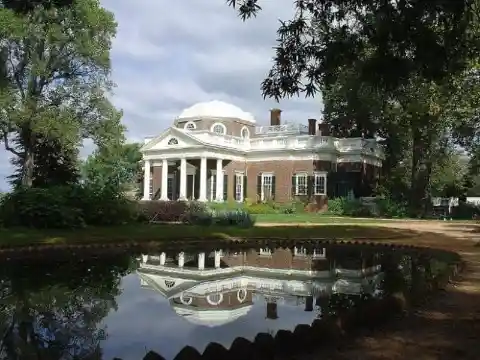
Mystery has ensued as Jefferson was detailed about his finances and births in his records of the property, but yet he rarely mentioned her.
At 14 years-old, Sally Hemings accompanied Thomas Jefferson's youngest daughter, Mary, to London and then to Paris, where Jefferson was serving as the U.S envoy to France. It was during this time that Sally's life changed completely.
What Happens In Paris....
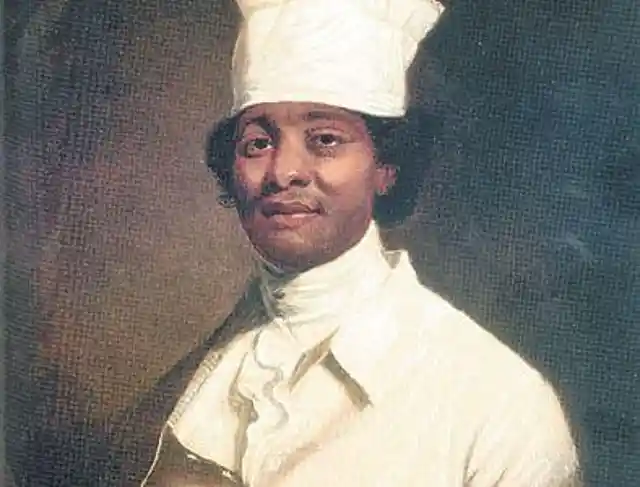
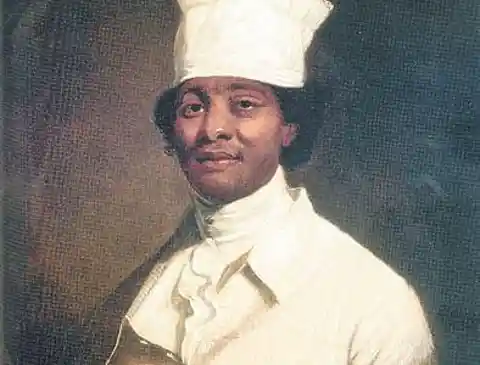
Her brother, James (pictured above), joined the Jefferson's on their trip to Europe as a chef. Since slavery was illegal in France, something happened that motivated Sally to return to the U.S where she would be a slave again.
It was in Paris that historians believe that Thomas Jefferson and Sally Hemings began a relationship. During this time, the president had been in his mid 40s, and at the age of 16, Hemings became pregnant. Hemings returned to the U.S in 1789, and went on to have six children following her return.
Unproven Allegations
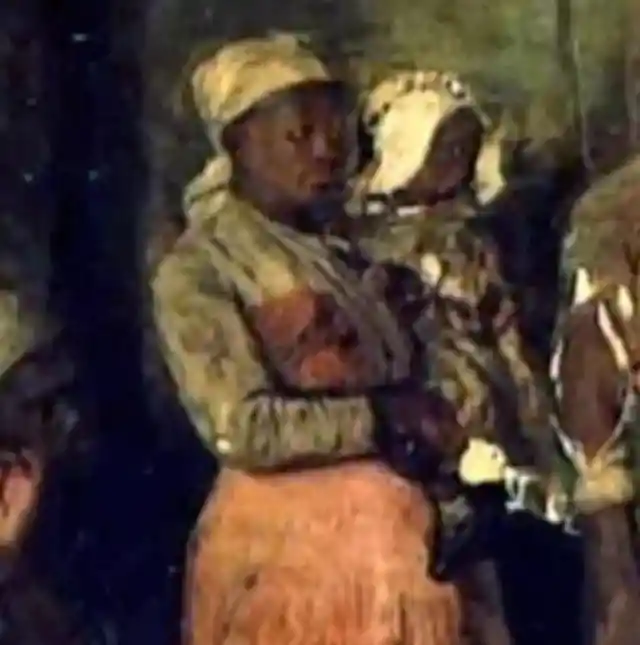
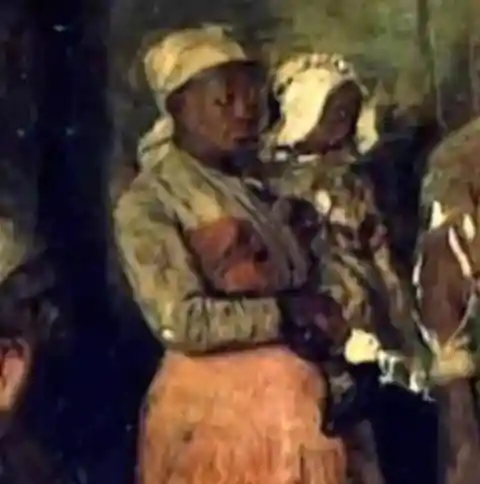
Observers believed they were Jefferson's, since the children resembled him. The relationship would only be publicly written about for the first time 20 years later.
In 1802, one of Jefferson's opponents published a report that was later deemed the "Jefferson-Hemings controversy." Jefferson never listed the father of Hemings' children in his records, and his family denied the allegations about him being the father to the children.Of Hemings' four children who survived into adulthood, Jefferson decided to free them or let the leave, further feeding into rumors that he was their father.
150 Years Of Uncertainty
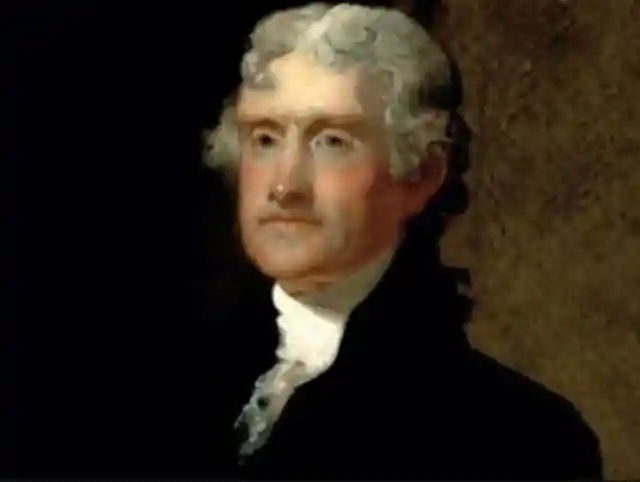

For the next 150 years, the family and historians continued to deny the allegations.
Scientific progress led to a new lead in the unresolved case of Sally Hemings' children. After shocking results were leaked through a DNA test, a link was revealed that made historians agree that Jefferson fathered at least one (and probably all) of Hemings' kids.
A Monumental Discovery
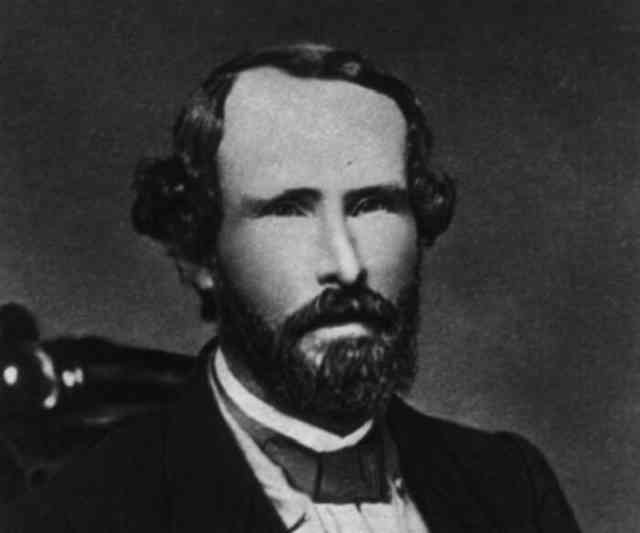
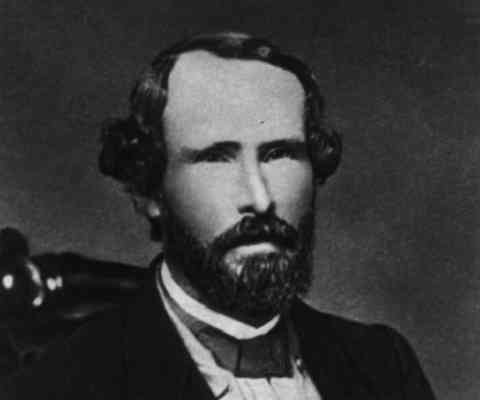
They found a match between Jefferson's male line and a descendant of Eston Hemings (above), Sally's youngest son.
While conducting excavations as part of a restoration effort in 2017, archaeologists discovered a piece of the puzzle that had evaded scientists! They finally found the long-concealed living quarters of Sally Hemings.
Lost In Time
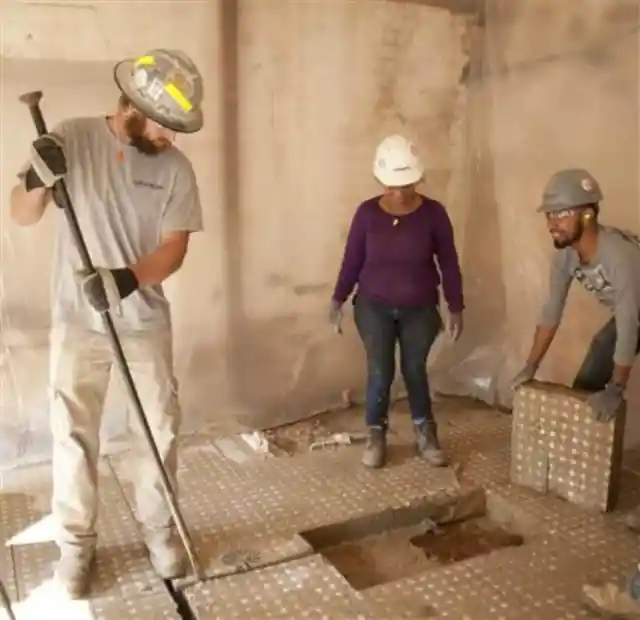
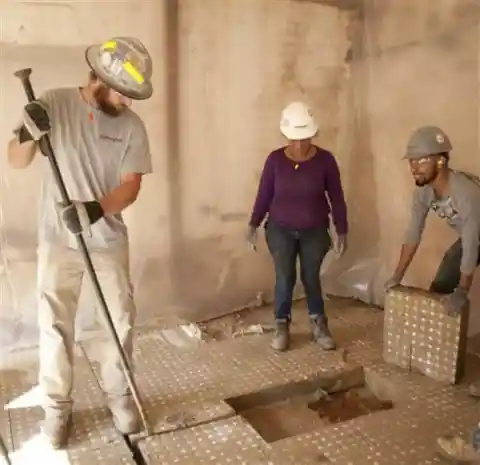
While trying to uncover the original layout of the South Wing of the Monticello plantation house, they found her room. They were astonished when they figured out where it was.
The South Pavilion of Monticello had seen a considerate amount of transformations during Jefferson's lifetime and even into the 20th century after it became a museum. Sally Hemings' room was hidden from sight when a modern bathroom was installed over it in 1941. In the 1960s, the bathroom was again renovated and enlarged in the 1960s due to the increasing number of visitors at the museum.
Historic Hint


Those changes didn't reveal Hemings' lost room. What had hinted archaeologists was a surprising source.
While Historians were reanalyzing the history of Monticello, they came across a document written by Jefferson's grandsons. According to him, Sally Hemings' room was in the South Wing of the former plantation house.
Sally's Room
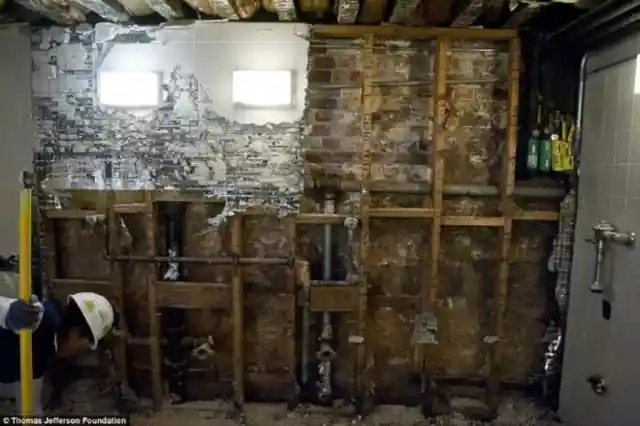

Historians couldn't be positive that the information was viable, but it led them to think about the modern restroom addition.
When the archaeologists knocked down the men's bathroom and went through the dirt, they unearthed Sally's 14-foot living quarters. Also in the room, the found original. brick floors from the early 1800s.
What It Means
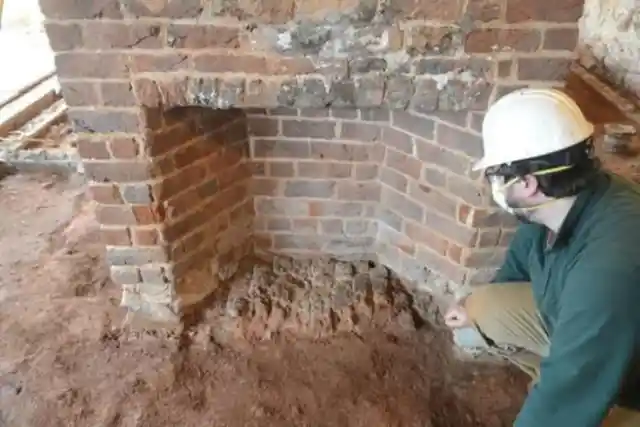
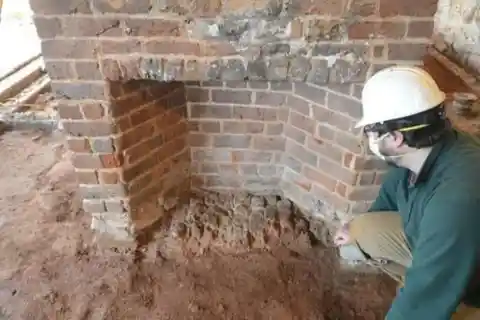
As experts uncovered more of the room, they found a brick hearth and fireplace along the vessel that could house a stove. They noted that the room was also located adjacent to Jefferson's bedroom. So what did this mean?
Analysts believe that the close proximity of her bedroom to Jefferson's could mean that he had fathered her children. With this data and the DNA results, it could confirm the relationship between Jefferson and Hemings.
How Enslaved People Were Living
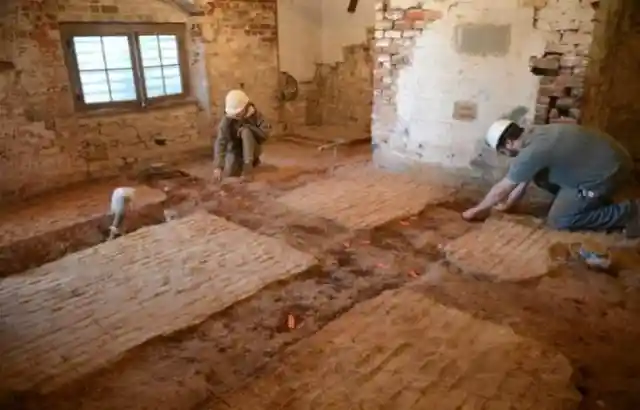
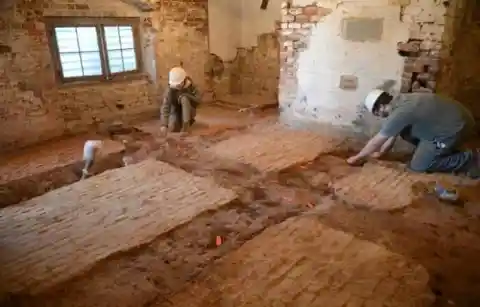
The director of archaeology at Monticello says, "We are uncovering and discovering and we're finding many, many artifacts." The room also gave archaeologists an idea as to how this woman lived.
Gardiner Hallock, the director of restoration for Jefferson's home claims, "This discovery gives us a sense of how enslaved people were living. Some of Sally's children may have been born in this room. It's important because it shows Sally as a human being-a mother, daughter, and sister- and brings out the relationships in her life.
A Window To The Past
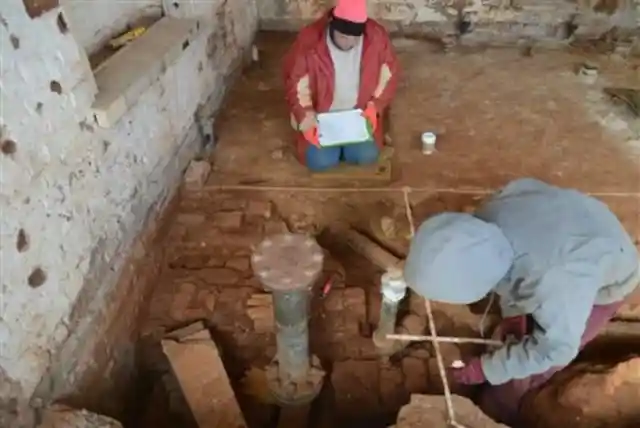
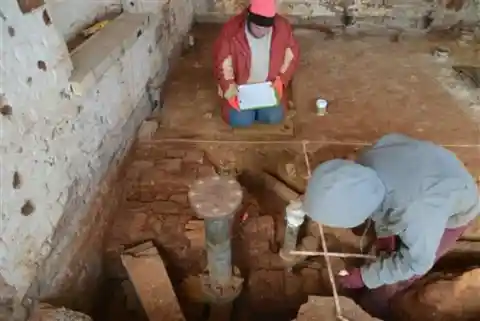
It's believed that Sally was promised her children would be freed if she returned to the U.S after Paris. It was noticed that the Hemings were the only family that Jefferson had freed among his slaves.
The physical evidence that was discovered from her room indicates that Sally had a higher standard of living than the other enslaved people at Monticello. However, she was still a slave, and there were certain details that leave no doubt about this.
Revealing The Truth
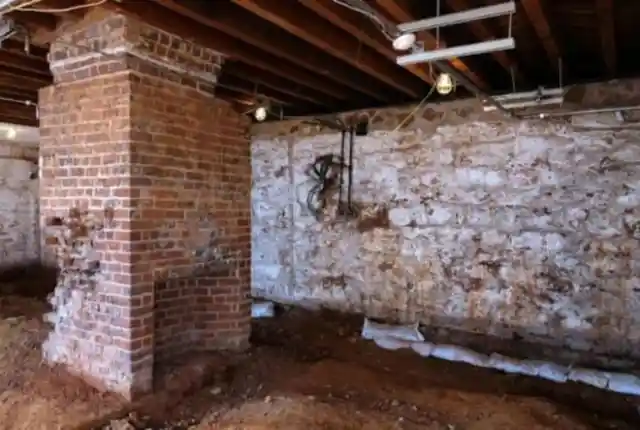
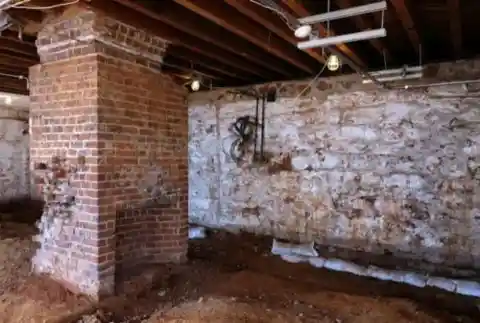
Her room had no windows and the quarters was probably exceedingly dark and uncomfortable. People have indicated that building the bathroom over her room was a possible attempt to cover up the issue in regards to her legacy.
Historians are now working on renovating her room for public display, and they plan to open it up later this year. The space will exhibit period furniture and artifacts excavated on the property such as ceramics and bone toothbrushes.
A First
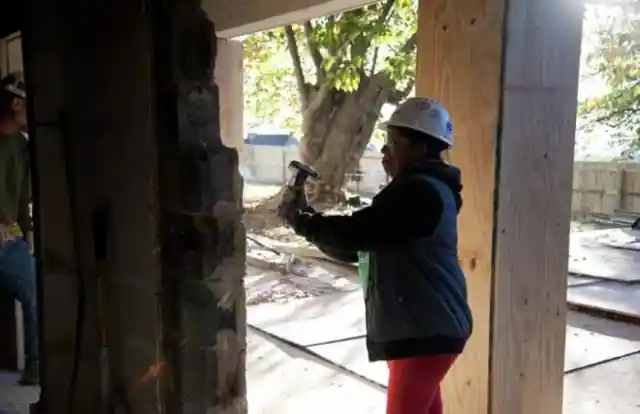

New efforts are being made to create more transparency about the pastor the grounds and tell the stories of both enslaved and free people who lived and worked here. There are now tours focused on the Hemings family, and the reactions to it have been extraordinary.
Mia Magruder Dammann, the spokeswoman for Monticello adds that, "For the first time at Monticello we have a physical space dedicated to Sally Hemings and her life. It's significant because it connects the entire African American arch at Monticello." Discovering her room answers many questions and clarifies the rumors that had been circulating for years.
Outside of the Mystery
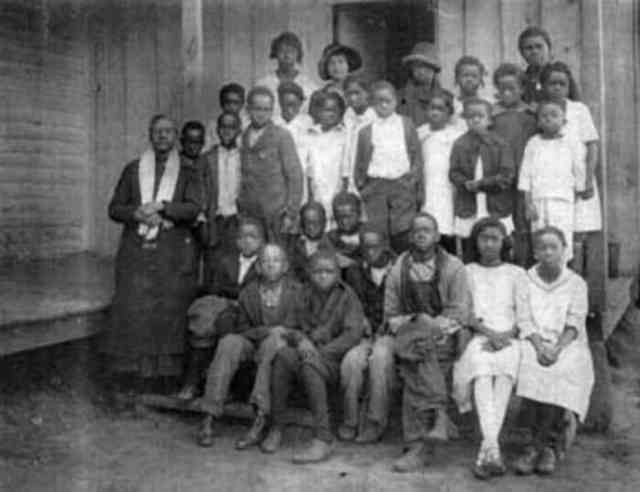
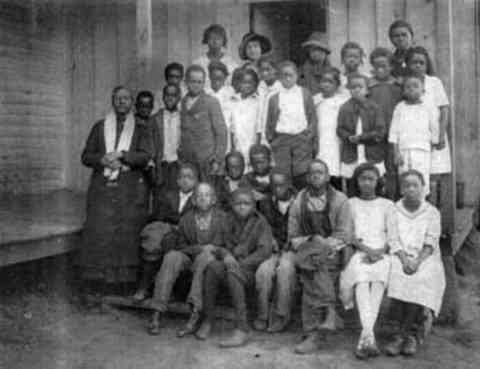
Curators are working on trying to incorporate Hemings' life into Jefferson's story.
The discovery of Hemings' room also portrays her outside of this life. The new exhibit's agenda is to make the woman who was enshrouded in mystery more human.
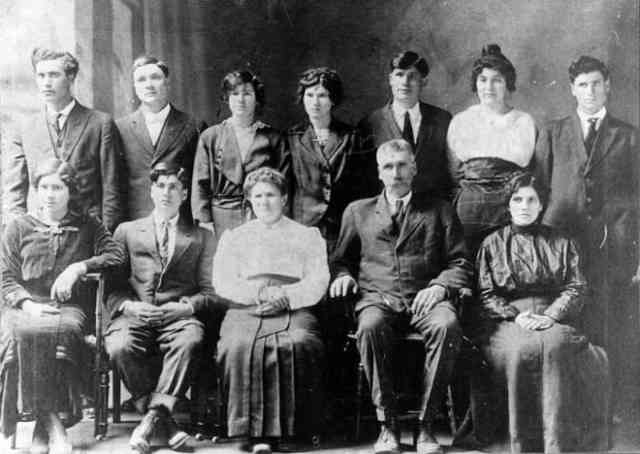
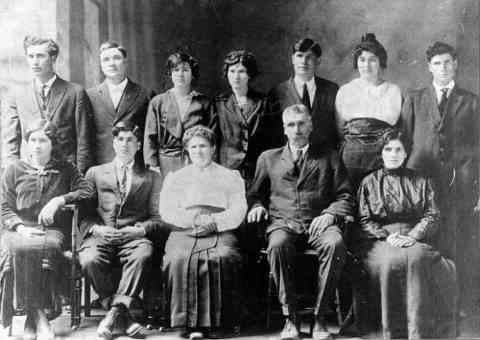
Historian Niya Bates says,"She was a mother, a sister, an ancestor for her descendants, and will really just shape her as a person and giver a presence outside of the wonder of their relationship."